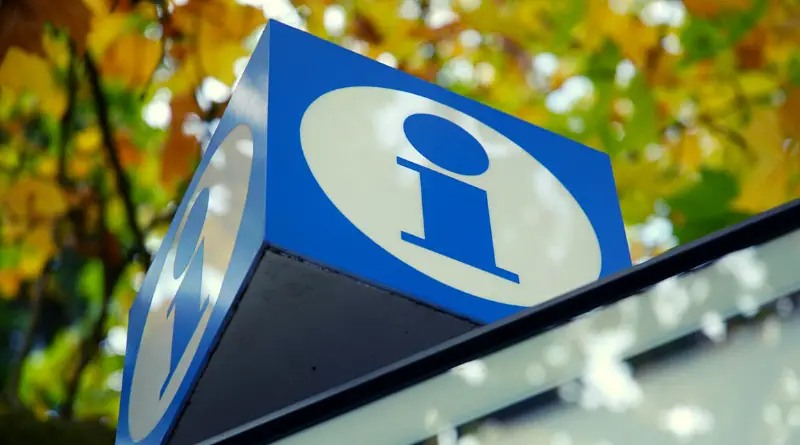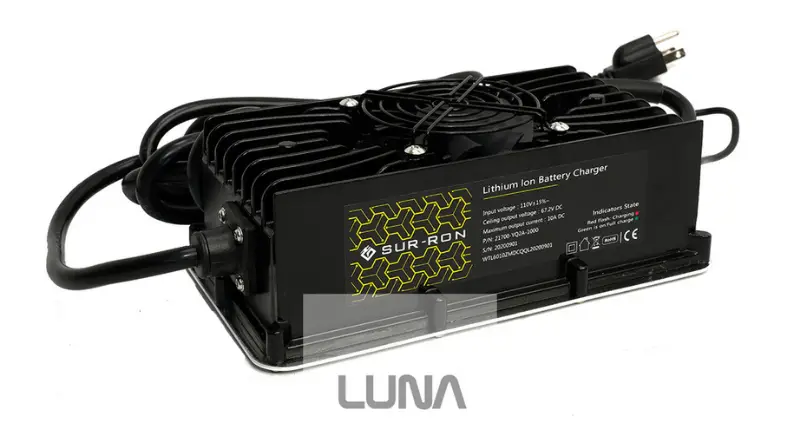If you’ve read our Best Sur Ron Battery Charger Options article, you’d have a pretty good idea which Sur Ron charger you want. But what if it gets broken? How do you fix it?

There’s nothing like screaming “Help!! Sur Ron charger not working!” the night before your big electric motocross event.
We’ve all been there. It’s pretty frustrating when you just got a fast charger for your Sur Ron, but it doesn’t work.
Sur Rons have already been around in the US for some time, and they’re becoming a common form of transportation and recreation. Despite the ease and usability, it doesn’t come without its downsides. Sur Ron owners deal with charger-related problems all the time.
Don’t worry, I got your back.

How to Diagnose a Broken Sur Ron Charger
To diagnose or fix anything electrical safely, you’d have to call an electrician. But the Sur Ron charger is so simple you can do it yourself. You just need to make sure you unplug it first.
Here’s what you can do:
Check the Outlet
Let’s start with the potential root of the problem. When your charger doesn’t work, the first thing you check is the outlet.
Use a multimeter to check the cable and wall outlet.
- To check the outlet, set the multimeter to AC voltage and connect the probes to it. Then plug in the black probe into the neutral port and the red probe into the hot or positive port. If it works, it’s probably your cable.
- Set your multimeter to Ohms to check the cable. Using the probes on your multimeter, touch the same pin at opposite ends of the cable. If it reads 0, the wire is good. When the wire shows an infinity symbol, it needs to be fixed or replaced.
- Check your adapter. You should be able to see power flowing through the contacts if you set your multimeter to AC voltage. In case the adapter doesn’t provide power, you’ll need to replace it.
Make Sure You’re Using the Correct Charger
To start, you need to make sure you’re using the right Sur Ron charger — that is, a charger made specifically for your bike that matches its ‘make and model.’ If you don’t have the original charger made by your bike’s original manufacturer, you could have a faulty charger made by a third-party supplier.
You can also damage your bike’s battery with the wrong charger if you use it for a long time.
Check the Charger
When a charger is the problem, it’s usually pretty simple to fix.
Check if your charger lights up by plugging it into an electrical outlet. The charger is likely to be defective if the indicator light doesn’t light up or blinks.
Multimeters and voltmeters are handy for testing the battery charger’s voltage output. When the battery charger outputs zero or is below the charger’s rated voltage, it’s most likely faulty.
To test your Sur Ron charger,
Connect your battery charger to a wall outlet. Make sure there’s power going to your battery charger before you can figure out if it’s putting out the right voltage. Plug it into an AC outlet. With a multimeter, you’ll be able to measure when the charger starts channeling electricity.
- If your battery charger has an On/Off switch, turn it on.
- Often called a “voltmeter,” a multimeter tests the voltage of various electrical devices. You can get a digital multimeter for $10-20 at any hardware store.
Connect your multimeter’s test probes to their corresponding ports. A multimeter usually has two detachable probes, one black and one red, that measure electric current flowing through a battery or charger. The black probe goes into the “COM” port on the multimeter. The red probe goes into the “V” port.
- Depending on the model you’re using, the test probe ports may be colored rather than labeled.
- You can skip this step if your multimeter has built-in probes.
Put the multimeter on DC. Look for the dial on the tool that indicates the different testing modes. You’ll want to stop on the next-highest setting to the voltage of the charger you’re measuring when the pointer enters the “DC” range. It will prepare your tool for testing your battery charger, which uses DC, or “direct current.”
- “Direct current” refers to electrical energy flowing directly from the source to the recipient.
Make sure the black test probe is touching the negative contact point on the charger. If the charger you’re testing is connected to a battery via a power cord, place the tip of the probe against the metal prong at the end of the jack. Use the probe to look at a section of exposed metal on the side of the charging chamber marked “-” if you’re testing a receptacle charger.
- There are some multimeters that have input ports that you can plug power supplies into.
Touch the red test probe to the positive contact point of the charger. Using the probe, insert the tip into the barrel at the end of the jack, which is the one transmitting the live current. For the receptacle charger, hold the probe near the section of exposed metal marked “+”.
- If you mix up your poles, the multimeter might display a negative reading (or nothing at all). Just switch the probes and try again.
Check the multimeter’s display for the reading. You can see how many volts the charger puts out using this number. Battery chargers need to deliver at least equal voltage (better yet, higher) to the batteries they’re charging, otherwise, they won’t reach full capacity.
- If you’re unsure of how much to charge, refer to your battery charger’s instruction manual or look for the information on the charger itself.
- An average electric dirt bike’s lithium ion battery is rated at around 24 volts. Larger electric dirt bikes may run on powerpacks that put out 36 – 72 volts.
- If your battery charger doesn’t meet the recommended output, it might be time for a new one.


